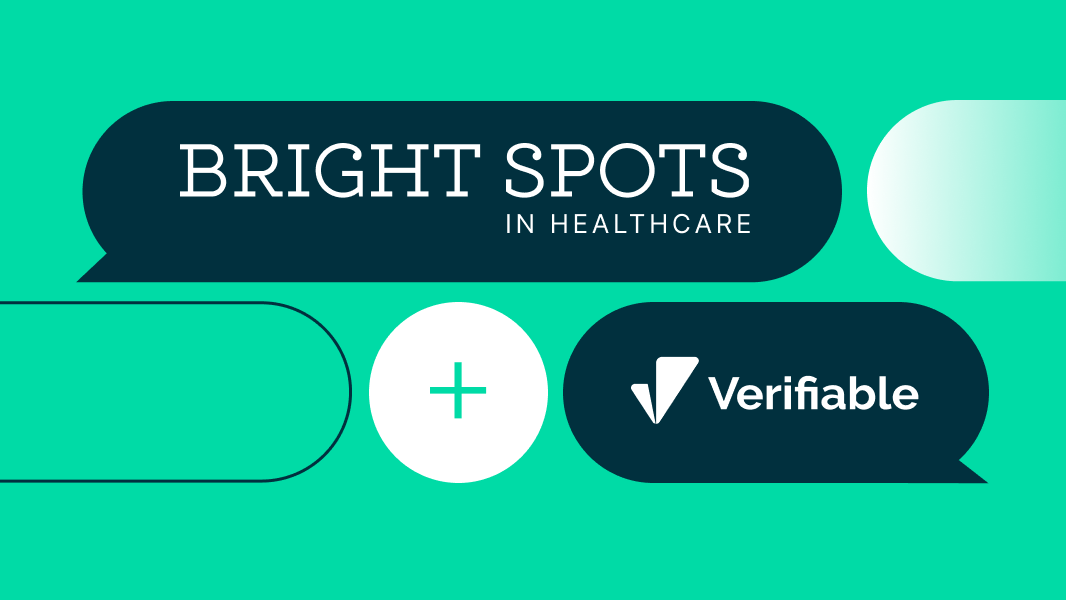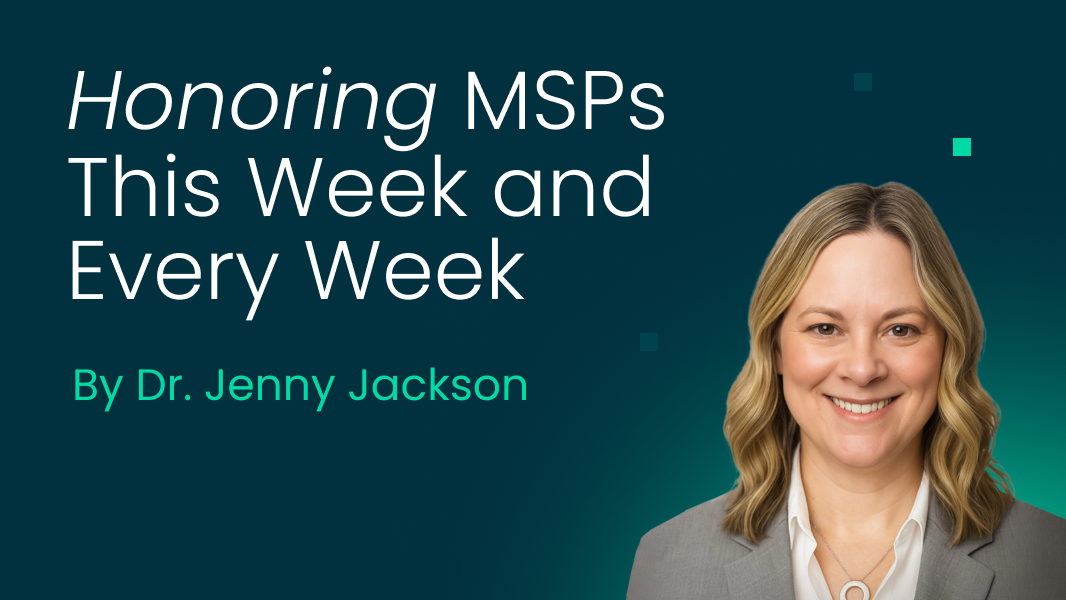This article originally appeared in Healthcare IT Today on November 14, 2023.
It’s no secret that healthcare is one of the slowest industries to evolve to modern digital practices, with most large healthcare organizations still living in a world of paper and filing cabinets. This affects not only how patient data is handled, but also provider data. As healthcare organizations look for new ways to modernize their operations (and reduce costs), provider data is a good place to focus.
How is provider data shared in your organization? Even when digital tools are utilized, it’s not uncommon for provider network teams to use a combination of siloed point solutions, disparate spreadsheets, and a series of complex process steps for keeping status information up to date in multiple disconnected systems. This isn’t an efficient way to do business, but it’s historically been difficult to move away to anything different. While it may be difficult to make a change, there are a few reasons why it’s worthwhile.
Revenue and Compliance at Risk
The problem with poor provider data management is the potential for heavy consequences; payment delays, regulatory fines, and most importantly, patient safety. When teams aren’t accessing the same provider information, or provider directories are inaccurate, the systems to prevent these consequences can fail.
A recent survey of healthcare executives found that among the top initiatives of providers, payers, pharma, and medtech, included creating efficiencies and reducing costs, as well as improving business functions across the organization. One of the ways that organizations can tackle both is by modernizing the way they manage their provider network. But given the current climate of financial struggles and staffing shortages, it’s hard to know where to start.
Looking Within (Your Tech Stack)
The delicate balance in healthcare of reducing costs, while also continuing to innovate is like walking a tight-rope; lean too far in one direction, and you’ll fall. This walk is no different when navigating how to reimagine your provider data management. One key to maintaining equilibrium is to look within your existing set of tools and databases. The greatest opportunities for innovation can often be found by leveraging existing tools in new ways.
When looking for solutions, look beyond the EHR and other clinical operations tools to find where sales, marketing, service, and call centers are all managing their relationship data. Managing a network of providers is also built upon relationship management, just with different datasets and requirements.
A good example of an opportunity for new efficiencies is to bring contracting and credentialing under one roof, AKA one dataset and tool. If your relationship with providers starts at the contracting stage you have the beginnings of the data necessary in order to perform required credentialing tasks. There shouldn’t be a need for a new department to collect the same provider data all over again, but in many cases that’s exactly what happens. With disparate systems, the credentialing team has no access to the data gathered in the contracting phase.
This disconnect between departments causes a delay in credentialing, meaning that your organization is waiting longer to get providers live in-network, and making them available for patient care – causing problems for both payer and provider organizations. For provider organizations delivering care, this delay means lost revenue for every day that a provider isn’t available to see patients. For payer organizations, member experience becomes a concern as long wait times for appointments are exacerbated.
The Power of Provider Network Operations Within Your CRM
Teams today are thinking out of the box to identify solutions to problems and reduce costs, all while doing so with sparse staffing resources. One place that innovation teams can look is within the existing CRM. If you think of a CRM like Salesforce as primarily a data management platform it makes sense that you can expand its usage beyond marketing, sales, and service teams. Your CRM can (and should) also be used for provider recruiting, onboarding, credentialing, license management, enrollment, and more.
The exact reasons these other teams found Salesforce effective – relationship and task management, communications history, process adherence – were the exact things that provider network teams needed to manage their day-to-day in an efficient, cost-effective way.
Companies across the healthcare landscape are discovering these operational efficiencies by implementing a set of tools like Salesforce and Verifiable. Salesforce acts as the central provider data repository that spans departmental uses and Verifiable provides important data required to complete credentialing in an efficient manner.
Begin with Reliable Primary Source Data
It’s not usually IT or innovation’s job to collect primary source verifications – that work is typically left up to the credentialing team. But with new technology, it’s actually an opportunity to make a big impact on efficiency across your organization. Primary source data is now available via API-call using a platform like Verifiable, ensuring you have accurate data from the start and reducing the risk of human error.
Teams from Humana, Lyra Health, Plushcare, Empower Pharmacy, and more, all use Verifiable on Salesforce to manage their provider network. With automation, they’re able to bring functions like primary source verifications, credentialing packets, and monitoring, (formerly manual time-consuming tasks) to their in-house teams. Processes that used to take multiple full-time employees, or costly outsourced services hours, days, and even weeks, now take minutes.
Interested in learning how you can streamline your provider data management? Get a demo.

.svg)




